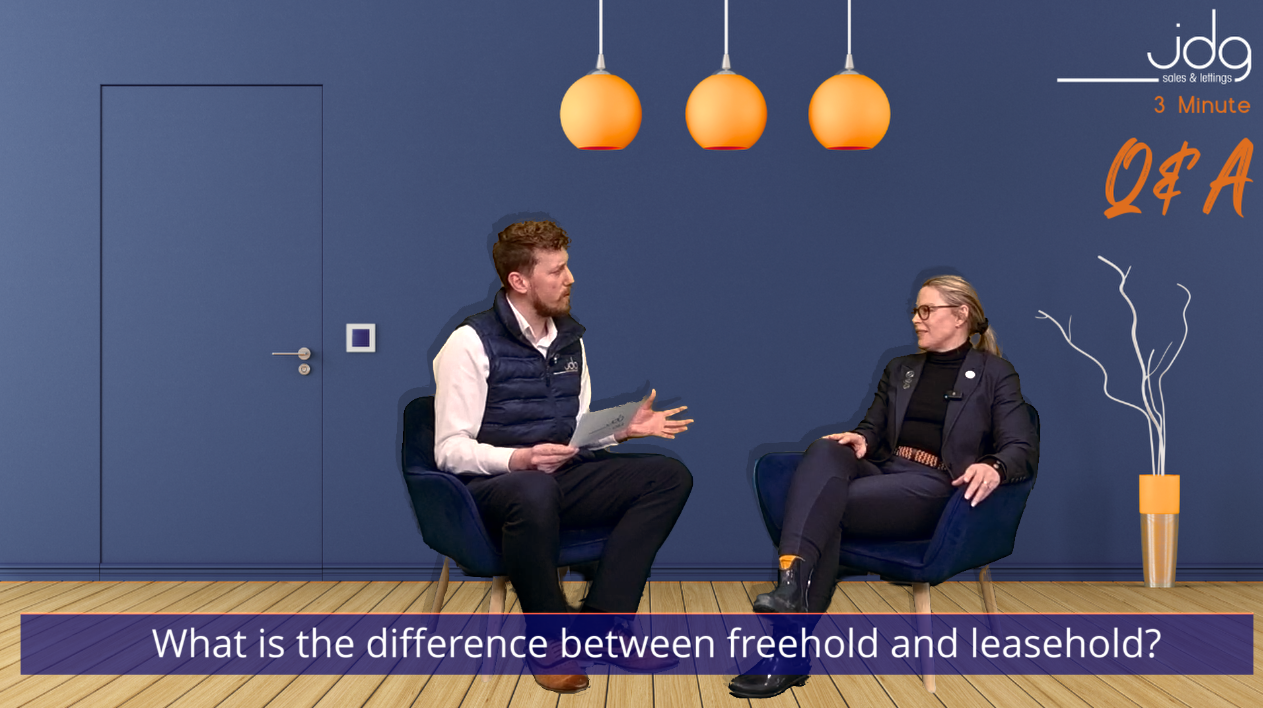The UK property market has shown surprising resilience despite economic challenges over the past 18 months. Analysts predicted a severe downturn in house prices in the autumn of 2022, expecting declines between 20% and 35% due to economic uncertainty, a cost-of-living crisis, and rising mortgage rates. However, house prices have remained relatively stable.
Contrary to grim forecasts, UK house prices fell only modestly by 3.12% since their peak in autumn 2022, according to Land Registry figures. Recent data indicates a slight increase, with house prices in April 2024 being 0.89% higher than in April 2023. Real-time data from Denton House Research shows a rise in house prices from £331/sq.ft in January 2024 to £348/sq.ft in May 2024, an increase of 5.13%.
This resilience raises the question. Why were the forecasts so inaccurate? Several factors contributed to the market’s stability:
- Improved Lending Practices: Enhanced mortgage regulations since 2014 have ensured more responsible lending, helping homeowners cope with rising mortgage rates.
- Employment and Wage Growth: Stable employment with low unemployment rates (4.3%) and rising wages (5.7% increase over the past year) have reduced financial distress among homeowners, preventing forced sales.
- Supply and Demand Dynamics: Economic challenges impacted transaction volumes more than prices. While demand decreased due to higher mortgage costs, supply also reduced as sellers awaited better market conditions. However, there was an 11.5% increase in net house sales in the first five months of 2024 compared to the same period in 2023.
- First-Time Buyers and Rental Market: Rising mortgage rates particularly affected first-time buyers, yet many remained active due to soaring rental prices. Financial support from families has been crucial in maintaining market activity.
Back in Lancaster
In Lancaster, the average price paid for homes increased by 25.8% over the past year compared to 2019-2020. Now, it is important to stress, this does not mean all Lancaster house prices have risen by 25.8%, just the average price paid between the two 12-month periods has changed. Over the coming weeks and months, we will be analysing the £/sq.ft data for Lancaster and reporting back in the Lancaster Property Blog.
Looking ahead, economists’ predictions have shifted from declines to potential growth in house prices, with estimates ranging from a 3% to 4% increase, though affordability challenges persist. The property market’s resilience, supported by sound lending practices, stable employment, rising wages, and family support, is expected to continue navigating future challenges effectively. The upcoming general election is not anticipated to significantly impact the market’s medium-term direction.
Do you have any thoughts or questions? If so please get in touch. At JDG we are here to help!
Thanks for reading
Michelle




